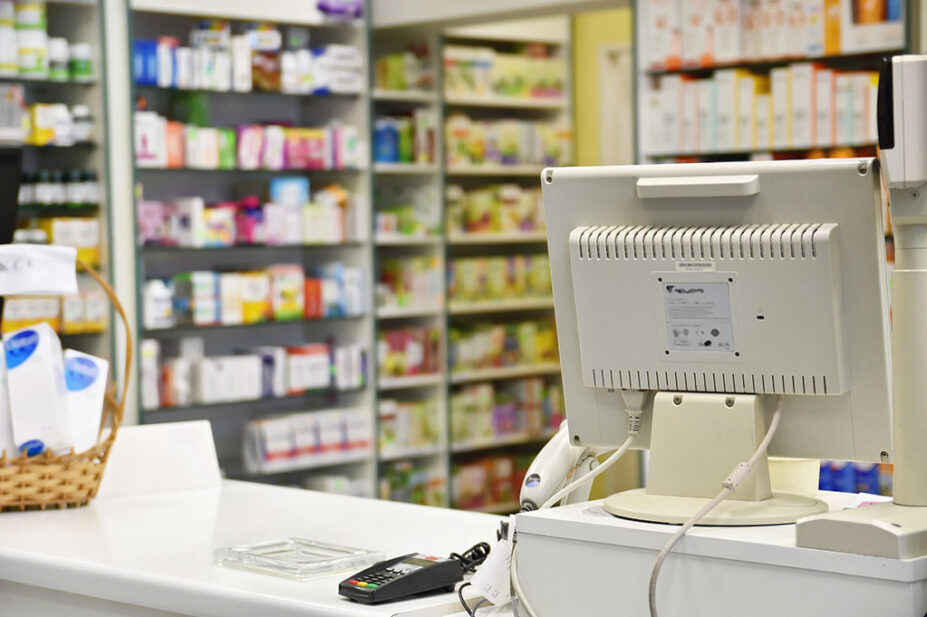
Shutterstock.com
The median salary for UK full-time employed pharmacists in 2024 is now £50,853, according to provisional data from the Office for National Statistics (ONS) published on 29 October 2024.
This is a 12.3% increase on the previous year, when it stood at £45,286. In 2023, ONS data showed that the median full-time salary had risen by just 1.9% compared with 2022.
However, despite this rise, the data show that full-time employed male pharmacists continue to earn more than their female counterparts.
The median full-time salary for male pharmacists was £53,498, compared with £47,503 for female pharmacists.
For part-time employed pharmacists, the median salary was £28,112 in 2024 — which represents a 1.2% increase compared with the previous year.
Unlike full-time pharmacists, the rate of salary increase for part-time pharmacists has slowed compared with the previous year. In 2023, part-time pharmacist salaries — which stood at £27,770 — rose by 8.1% compared with 2022 figures.
Of the around 19,000 part-time employed pharmacists in the UK, approximately 15,000 are female and earn a median salary of £28,389. The ONS was not able to give median salary data for part-time male pharmacists owing to a large coefficient of variation, rendering the data unreliable.
The total number of employed pharmacists in the UK — male and female, full and part-time — was estimated at around 49,000.
Rob Connah, president of the Guild of Healthcare Pharmacists (GHP), said: “The increase in median full-time salary is welcomed by the GHP to reflect increasing clinical responsibilities for pharmacists.
“Although 12% appears to be a significant rise, this is offset by a sharp rise in the cost of living and will have been swallowed up almost entirely by commensurate increases in rent, mortgage, utility bill, transport and food payments over the past three years.”
“We note the ongoing disparity between male and female pharmacist earnings with disappointment. We know that women are usually primary caregivers to children and others. This should not be a barrier to career progression. We continue to advocate for high-quality, affordable childcare for working healthcare professionals,” Connah added.
Paul Day, director of membership and communities at the Pharmacists’ Defence Association (PDA) and the PDA Union, said: “Across the UK, women are paid on average 11.3% less than men. 20 November is 41 days before year end, [which is] 11% of the year, so the difference in pay has the same effect as if men and women were on the same rates of pay, but women just stop getting paid on 20 November.
“And almost exactly on average, the pay for women pharmacists reported as £47,503 is 11% less than the men’s average of £53,498.”
“So sadly and entirely unjustly, this data is showing that the pharmacy profession pay is weighted towards men on average, as the typical role across society. As both the trade union for pharmacists, and as the National Association of Women Pharmacists, we campaign endlessly for equal pay, helping individuals challenge situations and tackling structural issues,” Day continued.
In September 2024, members of the GHP in England and Scotland, as part of Unite, voted to accept a 5.5% pay offer for NHS Agenda for Change staff.
On 21 October 2024, Unite announced that its members working in the NHS in Wales voted in favour of the Welsh government’s offer of a 5.5% pay increase for 2024/2025.
The ONS data was collected in April 2024 and is based on a 1% sample of jobs taken from HM Revenue and Customs’ Pay As You Earn records, and so it does not include self-employed pharmacists, nor does it stratify pharmacists by the sector they work in.


